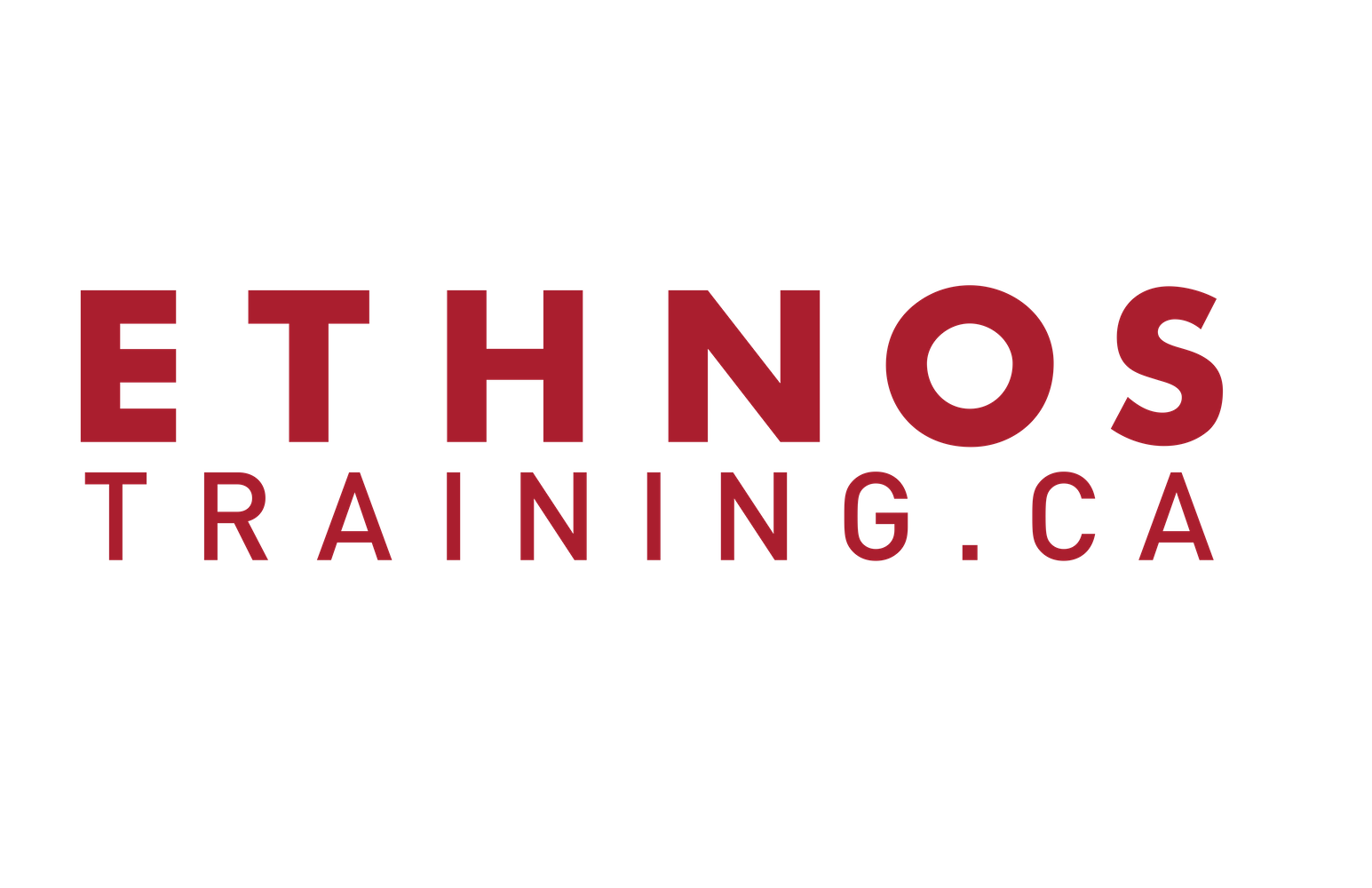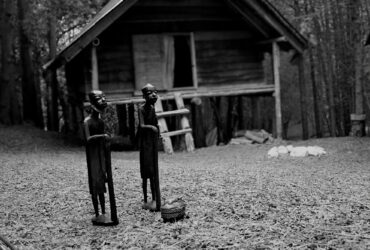Ethnos Canada prepares future church planters to teach the truths of God’s Word with clarity. One of our distinctives is a chronological and foundational approach to Bible teaching. Let’s unpack what this means…
The Greatest Story Ever Told
Imagine being able to hear the greatest story ever told, straight from the lips of the Author Himself! On the day of Jesus’ resurrection, two of His disciples had this incredible opportunity as they walked along the roughly seven-mile route from Jerusalem to a small town called Emmaus. The story was God’s revelation throughout Scripture; the storyteller was a stranger—who turned out to be Jesus Himself.
After all that had transpired that weekend, these two disciples started their journey in a state of despair and confusion. But the stranger gently scolded them: “O foolish ones, and slow of heart to believe in all that the prophets have spoken! Ought not the Christ to have suffered these things and to enter into His glory?” (Luke 24:25-26 NKJV). Then He unfolded the Old Testament story and explained how it all pointed forward to Him.
These Jewish believers had heard most of the story before. All they lacked was for someone to connect the dots. As they listened, their confusion and despair turned into great clarity and insight into God’s great story.
A Pattern of Storytelling
As early Christians spread the message of the gospel, they often followed the same pattern that the Lord Jesus modelled on that road to Emmaus. In short format or long, they retraced the biblical story and connected the dots. Jews and God-fearing Gentiles, who knew most of the story already, understood readily and were faced with a choice: to believe the message, or to reject it.
Peter told the story on Pentecost, and the people were “cut to the heart” (Acts 2:37). Stephen told the story in Acts 7, and the crowd stoned him. Paul told the story to the Bereans, and a great number of them believed—after wisely using the Scriptures to do some fact-checking (Acts 17:11)!
The Jews knew the Scriptures. They knew of the Holy Creator God and His perfection, the Fall and the problem of sin, the perfection of the Law, the failures of Israel, and the promises of a Messiah. They just needed to hear the rest of the story.
Addressing Alternate Stories
The Gentile situation was different. In Acts 14, Paul and Barnabas ran into a major roadblock as they sought to communicate the gospel with the Lycaonians. After Paul performed a miracle, the crowd began to worship him and Barnabas! Mistaking them for Zeus and Hermes, the people brought bulls and wreaths and were about to offer sacrifices to them. What went wrong?
Unlike Jewish audiences, these Gentiles did not know the Old Testament. They had an entirely different narrative. Communicating the gospel in their context would involve more than just tying together a story they already knew; it would require comprehensive corrective teaching. In order for the gospel to make sense, their false narrative would need to be replaced by the one true narrative. Realizing this, Paul and Barnabas started over from the very beginning:
“We are bringing you good news that you should turn from these worthless things to the living God, who made heaven and earth and sea and everything in them…”
-NKJV, Acts 14:15
Paul needed to lay the groundwork for the gospel, starting all the way back at Creation. Unfortunately, a Jewish mob arrived before he and Barnabas could spend any more time with the Lycaonians.
Our Context
Graduates of our missionary training will be ministering in Lycaonian-type contexts. Unreached people groups, by definition, do not know God’s story. They have alternate stories about the origin of the world, the nature of mankind, the future, and the spiritual realm. They’re not ready to understand the significance of Jesus Christ’s work on the cross on their behalf; they may even lack words for crucial concepts like love, sin, eternal life, faith, and redemption. In short, they lack the foundation upon which the gospel rests.
“The barriers encountered in teaching the Word to people of other cultures are formidable… [These barriers] will seldom be breached by attempts to lay the basics of the gospel on whatever conceptual foundations the hearer may already possess.”
-Building on Firm Foundations Vo1 1, pVII
Instead, we need to start at the very beginning and carefully pave the way for the gospel. As we teach from eternity past (prior to Creation) to eternity future (the New Heavens and the New Earth), Christ’s finished work on the cross becomes the pivotal moment on which the whole story hinges.
Along the way, we seek to break down worldview obstacles, highlighting the themes in God’s Word that prepare the listener for the Saviour—themes like God as the supreme, unique, faithful, truthful, holy and merciful Creator-owner; mankind as fallen and hopelessly unable to meet God’s standard; sin as rebellion against God; and Satan as the source of alternate stories, confusion, and lies. Understanding these themes is necessary for a clear understanding of the gospel, and they are best taught the way God taught them—in the context of the biblical story.
“The Old Testament Scriptures, correctly taught, will prepare the heart of the believing sinner to receive the gospel in true repentance and faith.”
-Building on Firm Foundations Vol 1, p7
During the training program, students learn the principles and methods of chronological and foundational Bible teaching, and they practice writing and teaching Bible lessons to sample cultural contexts.
As church planters, our goal isn’t just isolated evangelism: it is the long-term health and stability of a community of believers in a place where the gospel has not yet been known. God’s story, properly taught, confronts the lies of Satan and provides the firm foundation that is necessary for a healthy church.



